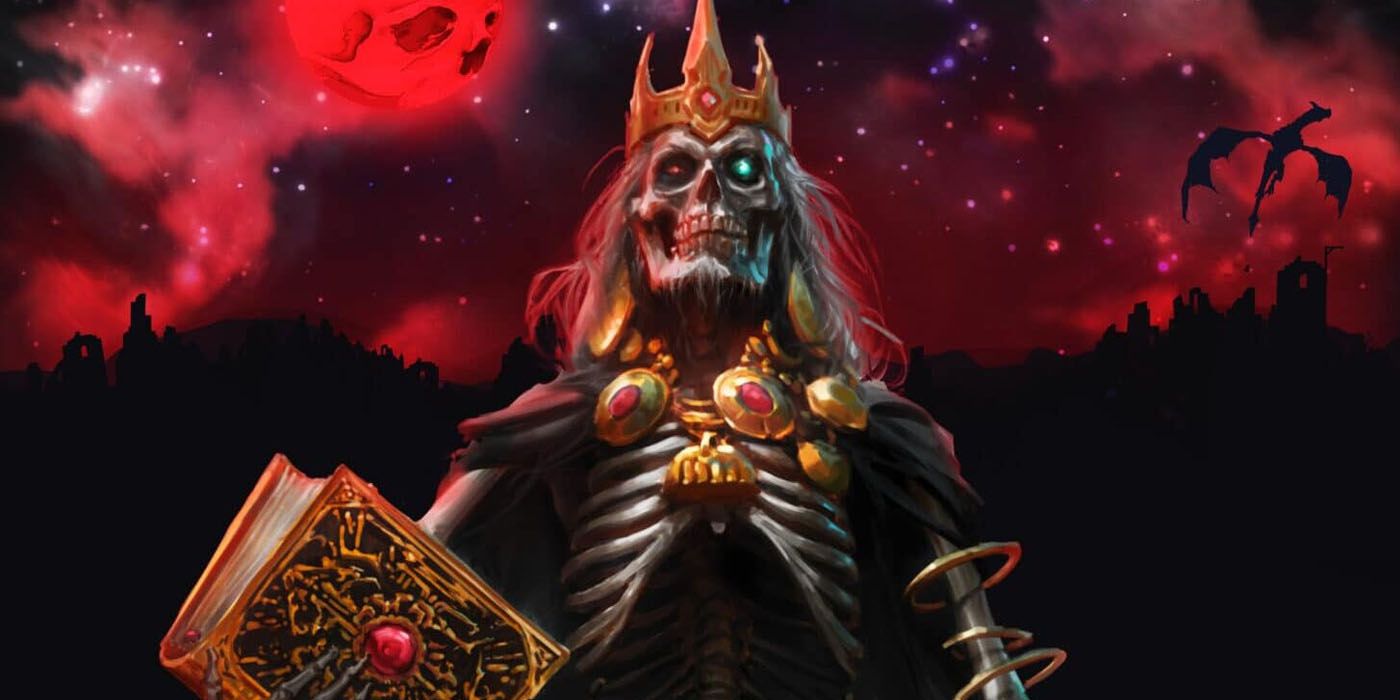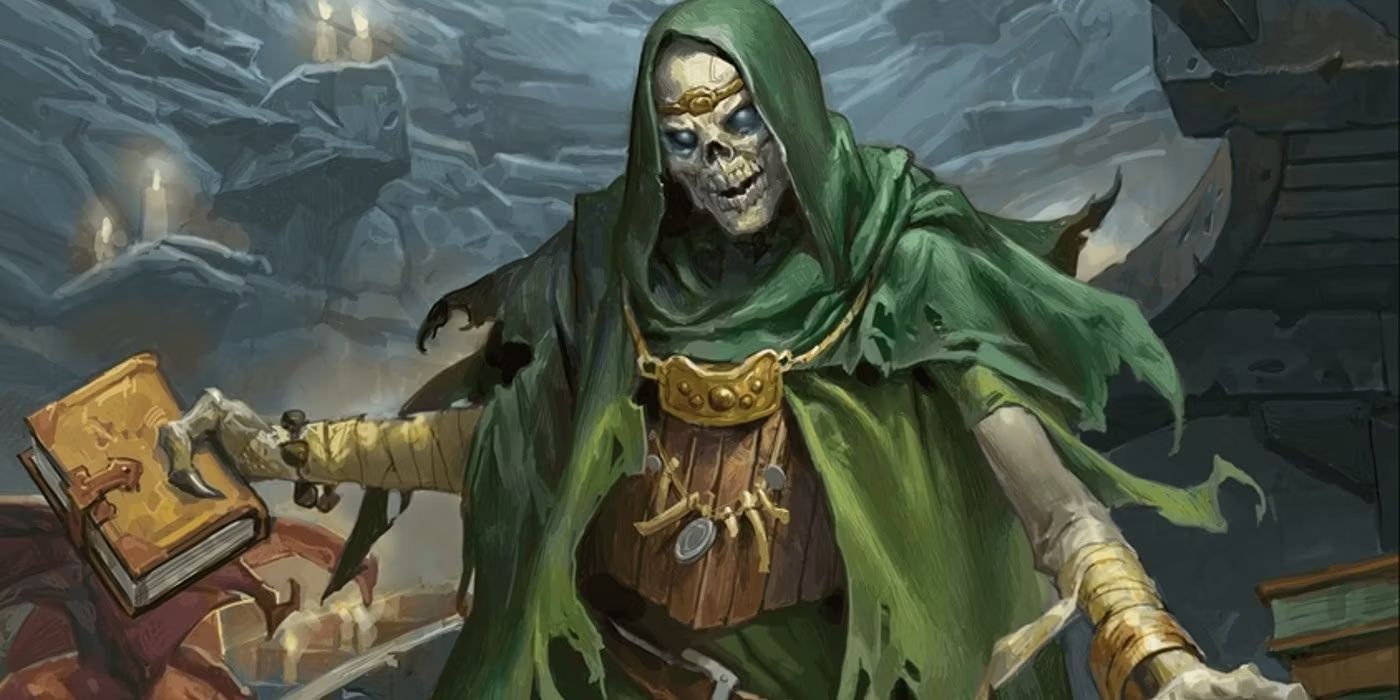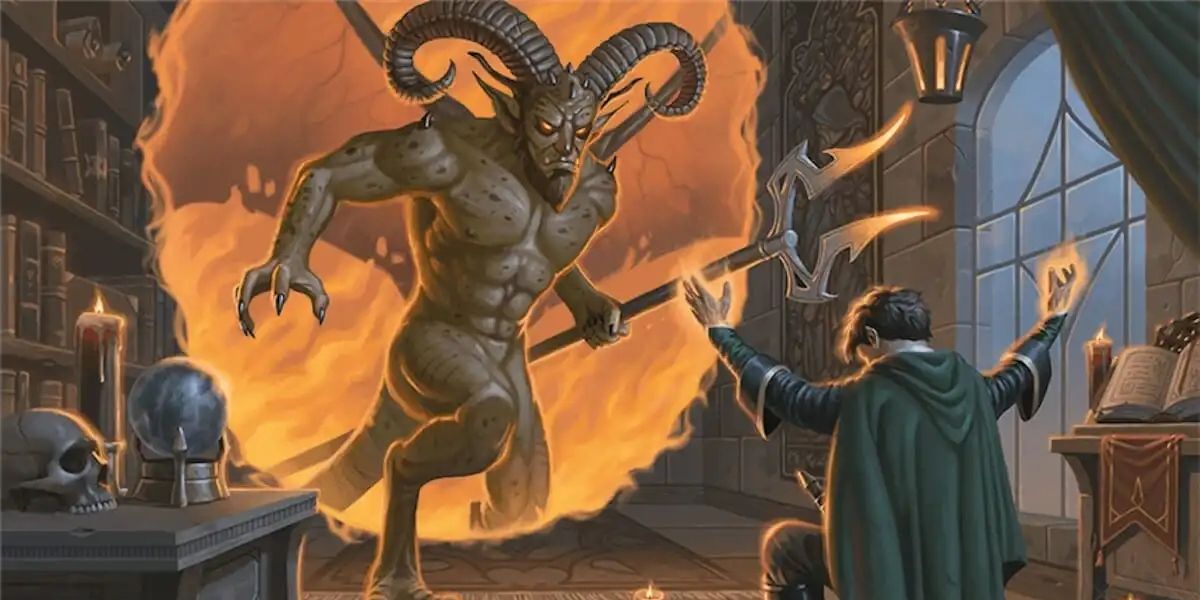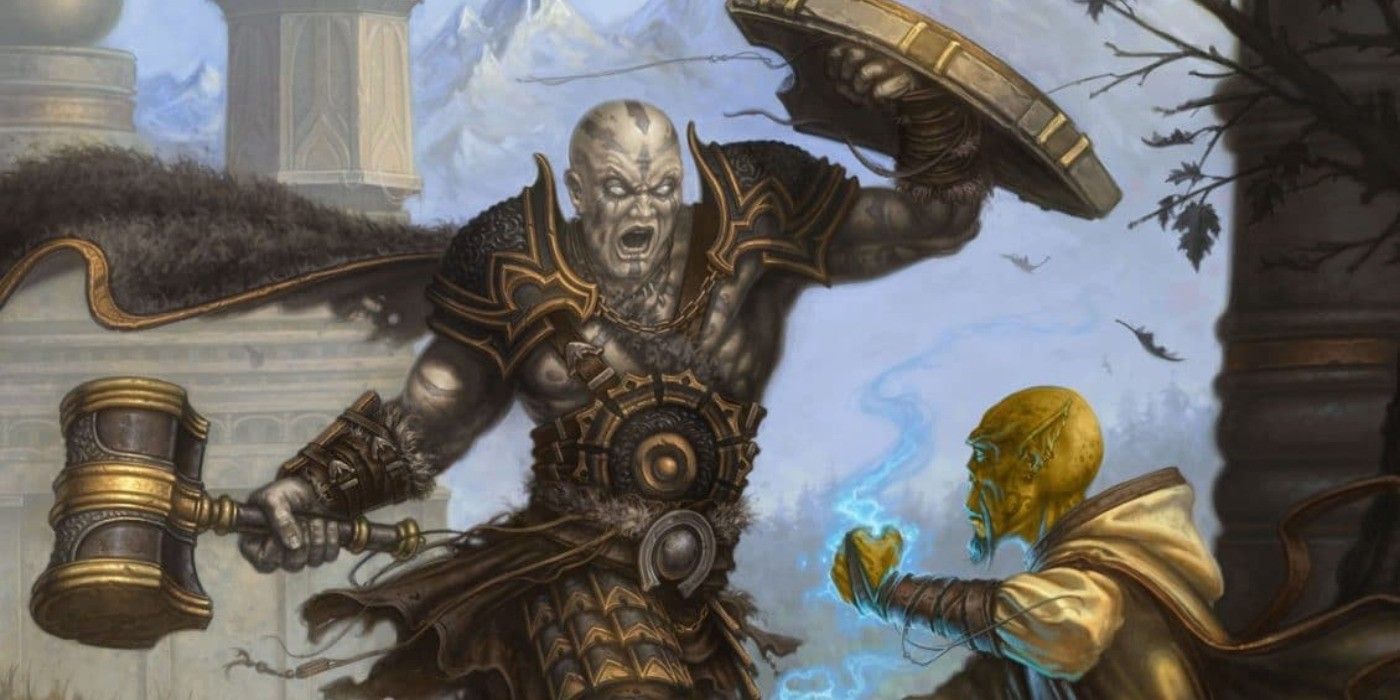All gamers love a good bad guy, and this concept is especially true of fans of Dungeons & Dragons. A well-designed villain can really elevate a campaign and make the party feel like they have an end goal to which to look forward. Yet, too often a villain can fall flat or not live up to their title of the "evil big bad." Of course, there can be many reasons for a villain to feel this way, but most grievously, they probably don't feel all that threatening or villainous.
There are ways to make a D&D villain feel genuinely threatening and malicious without making them a generic cookie-cutter source of all evil. From giving them proper motivations to introducing the villain properly, and of course, making them a genuine challenge in combat, D&D villains can make the game all the better if well-planned and executed. Here's what a DM needs to think about when making a downright villainous villain.
How to Provide Compelling Motivations for a D&D Villain
It's important when designing a villain for a campaign to consider not only what the villain wants but also why they want it. Of course, a villain that's evil just for the sake of it can be fun. However, a villain with purpose -- with motive -- can often make the party feel more excited about the character, and as such, look forward to their encounters with the villain.
There are a few ways to approach a villain's motivations. A DM can choose the most direct route of ruling the world, taking over a kingdom, or bringing about the apocalypse. These are all tried and true backstories, especially for monstrous villains like a Lich or Dragon. They provide a simple, yet effective threat for the party to want to fight against.
However, there are other routes for villains to go down. For instance, DMs could consider making their villains have some redeeming or relatable qualities. A truly sympathetic character isn't strictly necessary, but a villain who has a defendable plan and goes about it in villainous ways can be very effective. A villain that can make the party question whether they are actually the good guys can be a lot of fun for the players. If the DM can make their villain's plan a test of faith for the players, they will be sure to consider them a compelling and memorable character.
Of course, there are many motivations DMs could use to make their villains feel threatening, powerful, and genuinely villainous. Considering ideas like an unquenchable thirst for power, a curse of eldritch knowledge, or even something as simple as vengeance are all good routes to take. All of these motivations turn them into a more well-rounded villain. Yet, their motivations go nowhere if they aren't properly introduced to the party.
Villains Should Always Make an Impressive Entrance
A massive part of making a threatening villain is how they are introduced. This stretches from the realm of movies, video games, and books all the way to D&D. A villain's introduction to the party sets the tone for how the players feel about them for the rest of the campaign.
The first appearance of a villain reflects how the DM chooses to portray them. It calls into question just what type of bad guy they want them to be. They may want them to be a brilliant mastermind, pulling strings from behind the scenes. Perhaps they use henchmen and traps while they make their escape. Alternatively, the villain could be an unstoppable force of nature. A good method is to have them damage the party heavily to show just how strong they are, but let them survive, making the party feel like they are truly up against something out of their league.
How the DM introduces their villain will have a lasting effect on the party for the rest of the campaign. To truly make them seem like a villainous threat, they must make the party sting and show them exactly what they are capable of, whether that be through the use of role-play, NPCs, or simply pure strength.
Encounters With the Party Can Make or Break a D&D Villain
More than anything, a villain gets to shine when they encounter the party. The battles or encounters villains have with the party are the best way to make them dangerous and villainous. These encounters give the DM the opportunity to flesh out the villain's personality and show off their abilities.
The villain's encounters with the party are akin to a talent show -- a display of power. DMs should use this time to truly make their villain feel treacherous. Showing off abilities, damage, legendary actions, voice lines, and more that the DM has prepared for the villain will go a long way toward making the party members more interested in them. Making the party fear, revere, or even respect the big bad of the campaign could make all the difference.
Of course, the encounters are where everything about a villain comes together. It should be treated as the time when all the features of the villain become alive. This is the perfect point at which to demonstrate abilities that complement the villain's personality and evil nature and unleash them on the party.
Remember that there are many types of villains. Picking one that fits into the campaign's setting is always necessary. However, the most important thing is picking a villain that is both fun for the party and fun for the DM. The threat that a villain poses is central to the story, so flesh them out well and make them memorable.




